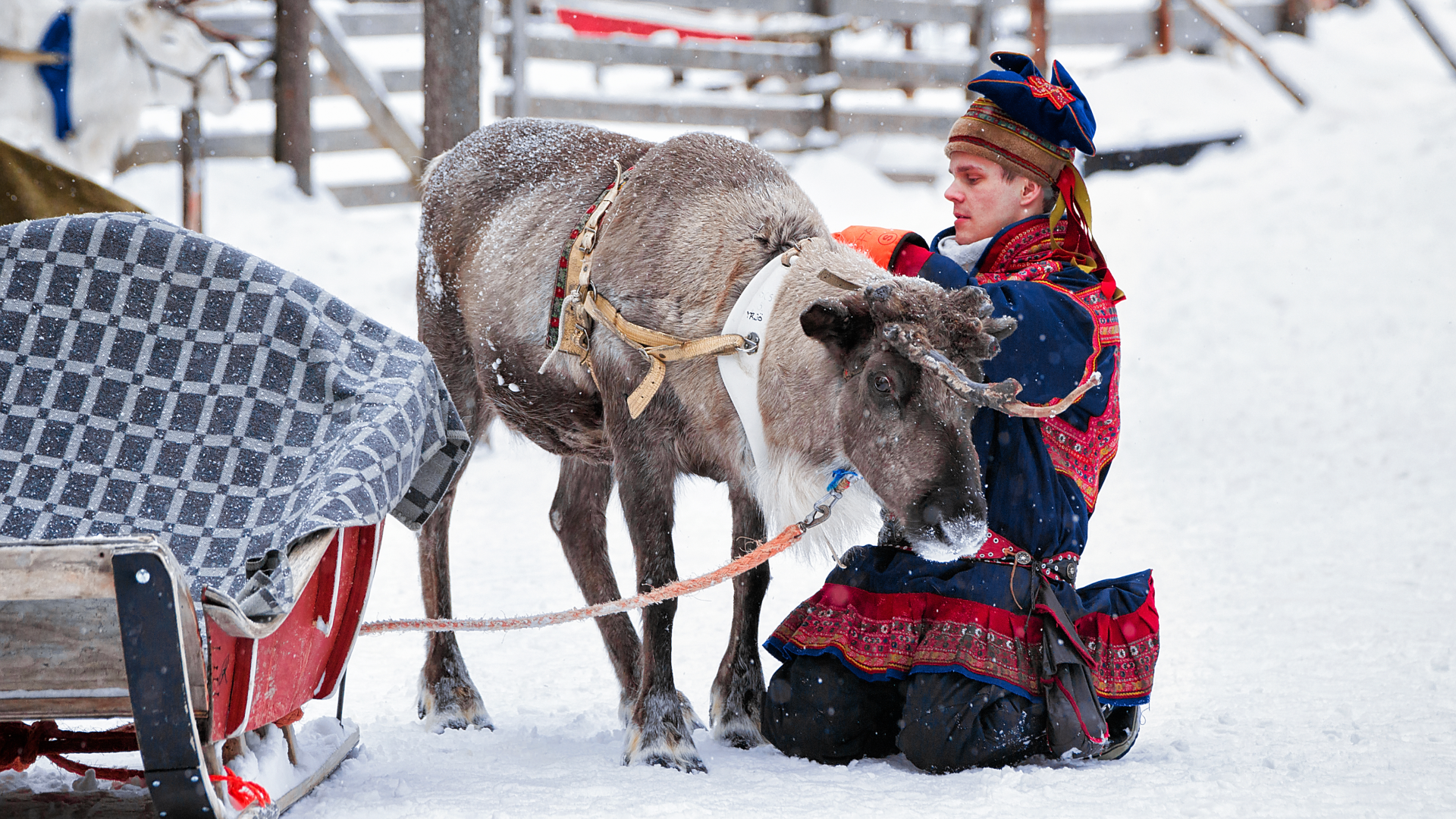Amish Population Booms in US
Though they travel at the pace of a horse and buggy, the Amish are spreading out across the nation more rapidly than most other religious communities.
A new Amish settlement is founded in the United States nearly once a month, according to a new census, which also found that more than 60 percent of all existing Amish communities sprang up after 1990.
"The Amish are one of the fastest-growing religious groups in North America," Ohio State researcher Joseph Donnermeyer, who led the census project, said in a statement. "They're doubling their population about every 21 to 22 years, primarily because they produce large families and the vast majority of daughters and sons remain in the community as adults baptized into the faith, starting their own families and sustaining their religious beliefs and practices."
The census counts 250,784 Amish in the United States and Ontario, Canada, across 456 settlements where members live and worship. That figure is up from 179 communities in 1990.
Ohio has the largest Amish population at 60,233, and Pennsylvania is a close second, with 59,078 Amish residents, while Indiana has 44,831 Amish citizens, according to Ohio State. New York — where 15 new settlements have been established since 2010 — has seen the greatest recent growth in Amish population of any state.
Donnermeyer predicts that in 15 years, at least one county in the United States might turn majority Amish. He named Ohio's Holmes County — where 42 percent of the current population is Amish — as a likely candidate, with LaGrange County in Indiana following close behind. By 2050, he forecast that 1 million Amish may live in the United States across 1,000 settlements.
The Amish, who represent a branch of the Anabaptist movement, shun most modern technologies and settle on farmland where they can live undisturbed by much of the world. Even so, Donnermeyer speculated that the availability of farmland may not be able to keep up with the Amish population boom, which might mean more Amish men will start looking for nonfarm jobs such as woodworking and construction trades.
Get the world’s most fascinating discoveries delivered straight to your inbox.

